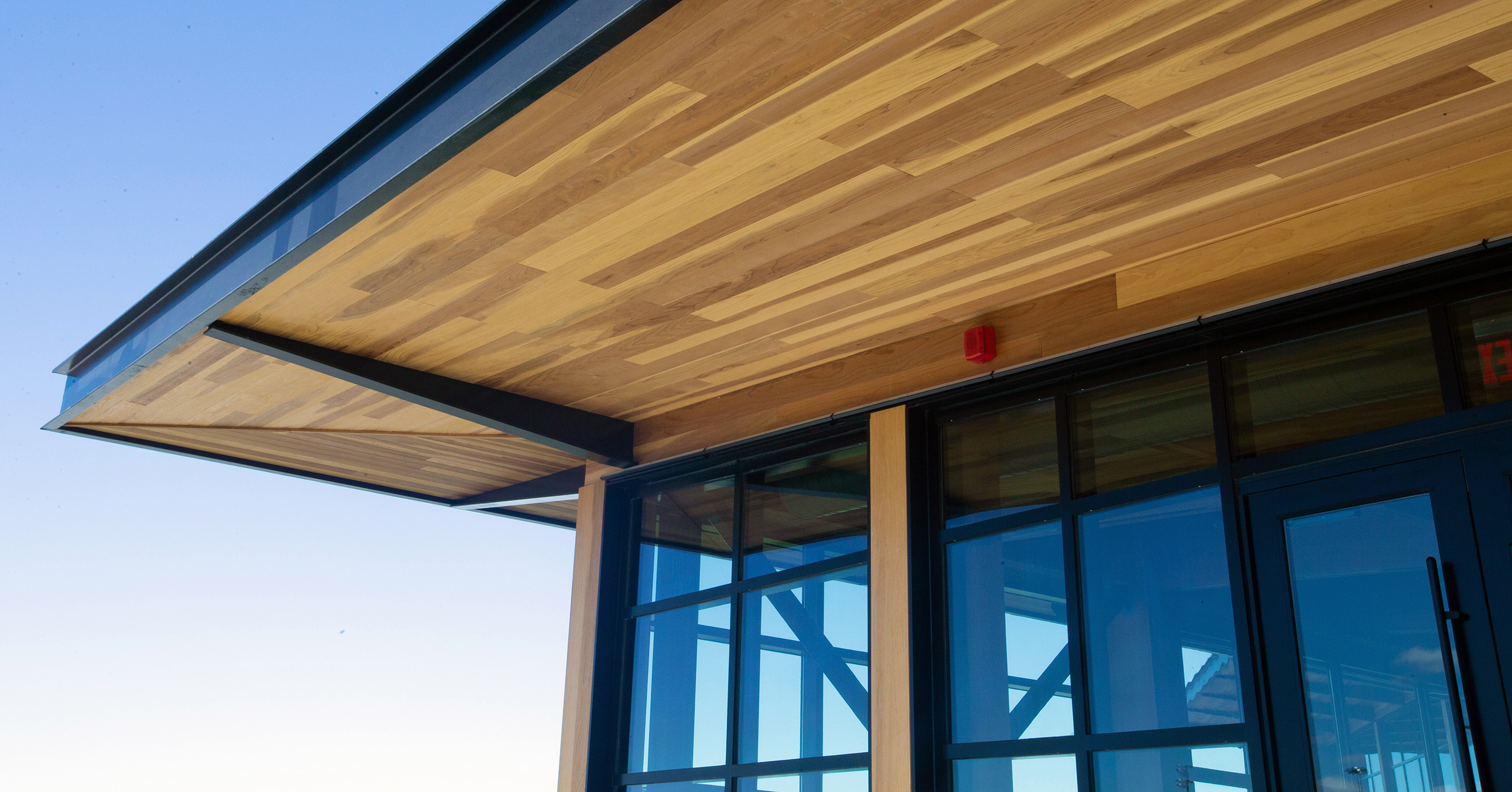The latest edition of “Architizer: The World’s Best Architecture” — a stunning, hardbound book celebrating the most inspiring contemporary architecture from around the globe — is now available. Order your copy today.
Vastu Shastra, the ‘science of architecture,’ is a unique traditional Hindu system that deals with the interaction between buildings and their environment. It draws from ancient texts that lay down principles for design, layout, and integrating structures with nature. Geometric patterns, symmetry, and precise alignments result in spaces intricately linked to their surroundings. Now, imagine how architectural representations — be it drawings or photographs — can capture this unique philosophy and effectively communicate it to a global audience unfamiliar with its nuances.
Renowned internationally, Ema Peter demonstrates the power of photography to communicate such complex architectural concepts in her A+Award-winning portfolio for Studio VDGA’s House of Courtyards. The series of courtyards, strategically integrated within the home’s plan, infuse the spaces with vitality. Towering turrets are designed to intermittently draw natural light while mitigating the glare and intensity of the sun. Each of her awe-inspiring images illuminates the complexity and beauty of this design, and one will be featured on the cover of this year’s edition of Architizer’s esteemed annual print book, Architizer: The World’s Best Architecture. This limited edition book, a comprehensive celebration of elevated architecture and photography, showcases the inspiring projects from the 12th Annual A+Awards.
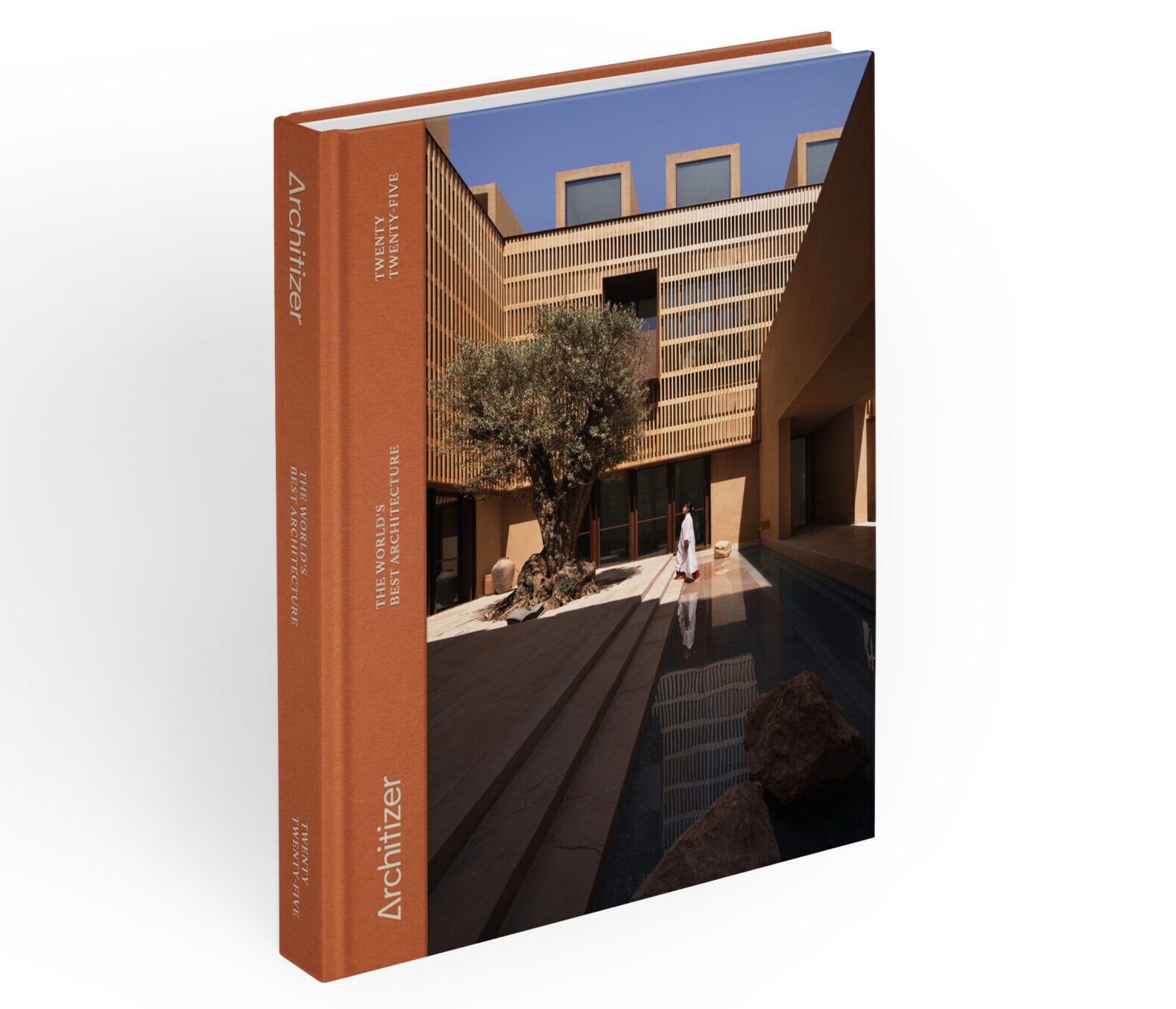
Over the past decade, Ema Peter’s work has transcended borders, collaborating with some of the most prominent architectural, interior design and engineering firms in North America. Her photography has been instrumental in elevating these firms to award-winning status. Her images have graced the pages of Architectural Digest, Objekt International, Dwell, Wired, New York Times, and many more, resonating with a global audience. Ema’s academic prowess, holding a master’s degree in art and applied photography from the National Academy of Theatre and Film Arts in Sofia, Bulgaria, and a PhD in Photojournalism, further underscores her international influence and her distinguished approach to architectural photographery.
In the following interview, Ema dives into the details behind her award-winning shots, her creative process and reflects on the role of photography in the architecture profession more broadly.

The House of Courtyards designed by Studio VDGA, Dubai, United Arab Emirates | Photo by Ema Peter Photography | Popular Choice Winner, 12th Annual A+Awards, Architecture +Photography and Video
Hannah Feniak: Hi Ema! First of all, congratulations on another A+Awards win and for taking the photograph that will grace the cover of this year’s edition of “Architizer: The World’s Best Architecture.” The collection of images you captured of the House of Courtyards by Studio VDGA are simply breathtaking; they convey a particular timelessness and energy while making the viewer feel like there’s a story that’s being told. Can you share a bit of your experience photographing the project?
Ema Peter: I always look for a cinematic way to display what I am seeing and The House of Courtyards was a place where the outside world seemed to disappear. I felt like time had stopped. My goal was to capture this feeling and portray it through the photographs. The way the light was filtering in the courtyards and showcasing the geometry was truly breathtaking. Each space evolved with the changing light and I followed it from early morning till late at night. As a photographer, you need to immerse yourself in the project to be able to portray the feeling and tell the story with the images. Like Henri Cartier-Bresson said, “To photograph: it is to put on the same line of sight the head, the eye and the heart.”
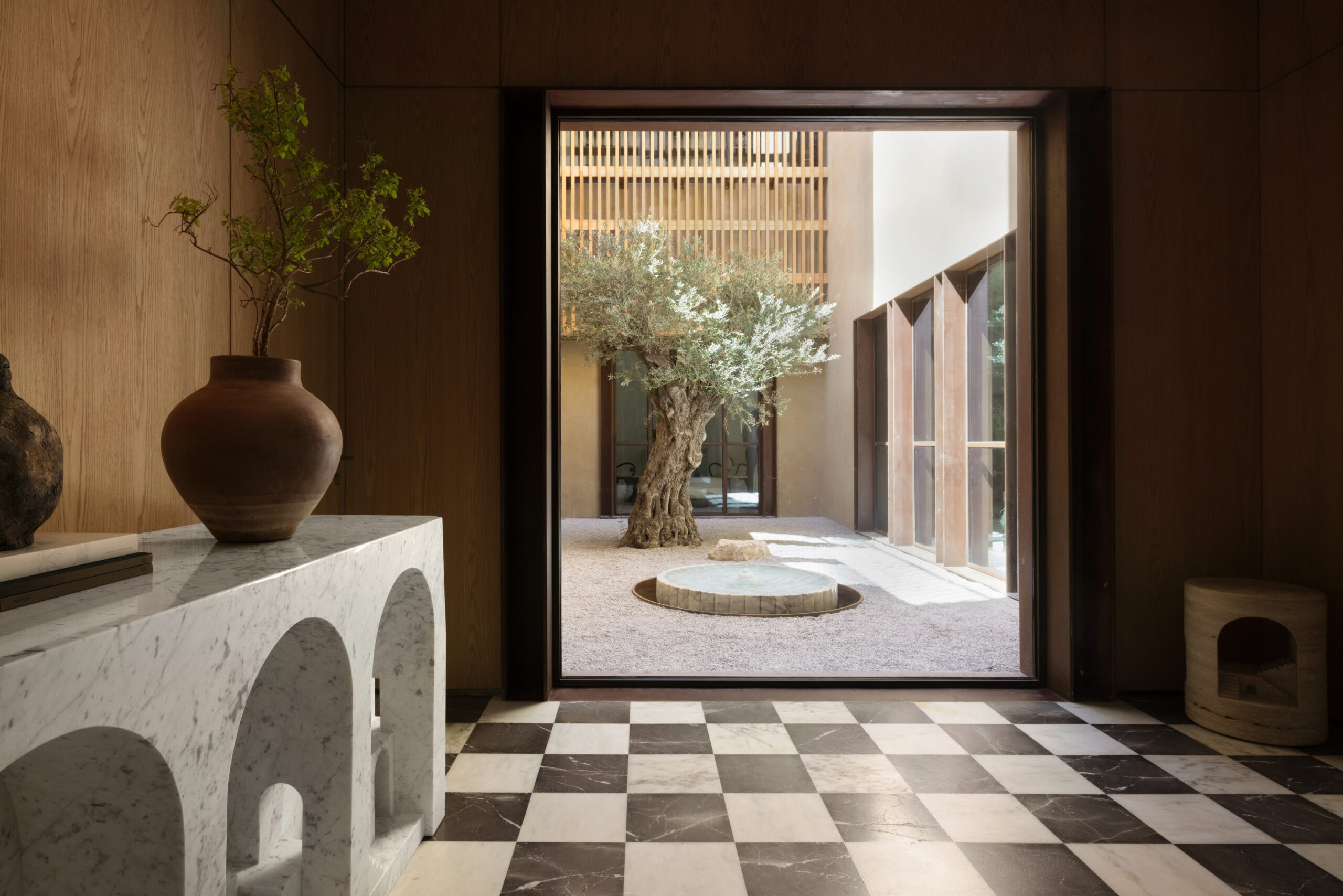
The House of Courtyards designed by Studio VDGA, Dubai, United Arab Emirates | Photo by Ema Peter | Popular Choice Winner, 12th Annual A+Awards, Architecture +Photography and Video
What role did the firm play in your approach to capturing the building?
The team in Studio VDGA is very passionate about their projects and this truly shows. Deepak Gugarii’s goal from the very beginning was to convey this passion and collaborate with the same goal in mind. We had more conversations about the deeper meaning of the project and the design concept than anything else. The team has both talent and passion and it becomes contagious. The most successful shoots happen when the passion comes from both the architect and the photographer and a true collaboration is formed. We were on site from 4 am to 10 pm and tried to capture every beautiful moment. Deepak Gugarii and Rashi Sandon were with me every step of the way even checking all locations so we do not miss the light. It truly was a team effort.
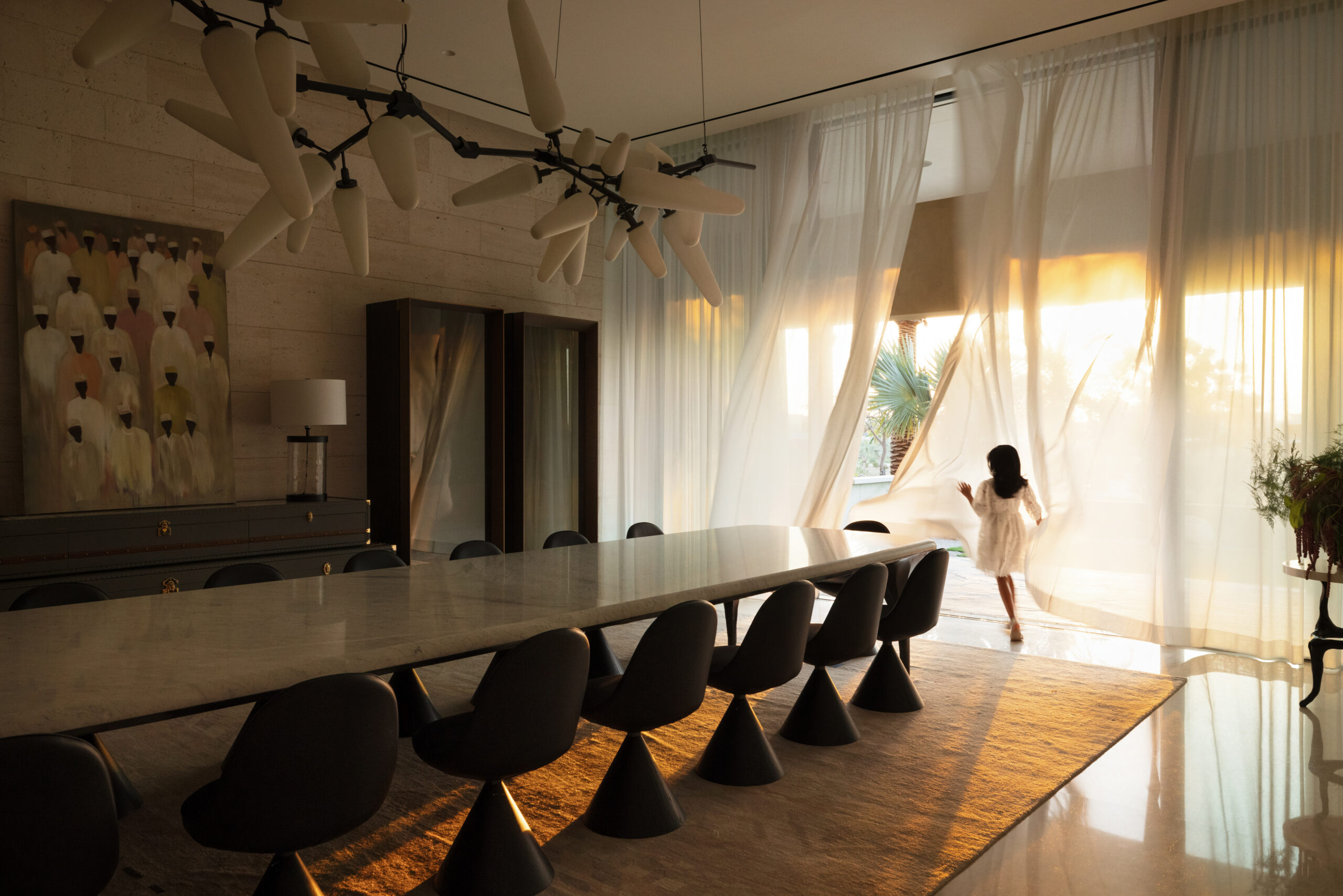
The House of Courtyards designed by Studio VDGA, Dubai, United Arab Emirates | Photo by Ema Peter Photography | Popular Choice Winner, 12th Annual A+Awards, Architecture +Photography and Video
One of the striking features of your cover image, which is common across your portfolio, is the human that animates the architecture. You make working with models look so effortless, but I know this is not the case. I wonder how your process for incorporating humans into your frames and your considerations for ensuring that the building remains the hero in the shots?
Buildings are for people. Having them in the shots is not only done for scale, but also to tell the story of the life that happens throughout a building. I am always very careful for the architecture to shine and for the people to be enhancing the space by showcasing the way they are using it. I was trained as a photojournalist and I have always followed Bresson’s decisive moment approach. In many ways, I use his concept to find the perfect moment in architecture and then add the person or wait for that perfect person to pass by. The perfect shot is a combination between the best light, the right angle and the human element. I do love the shots with one figure in them, they always seem to be the most impactful.
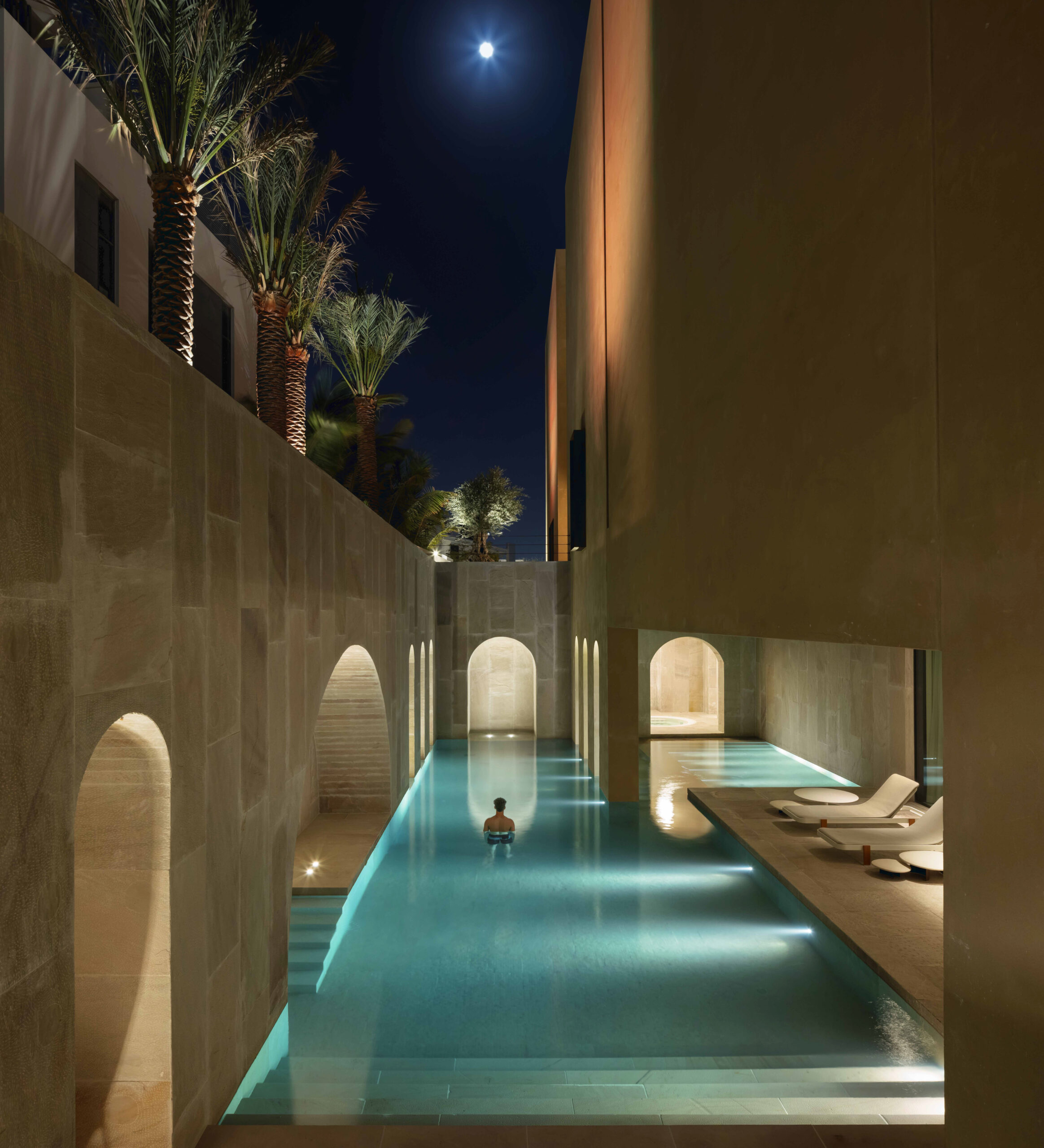
The House of Courtyards designed by Studio VDGA, Dubai, United Arab Emirates | Photo by Ema Peter Photography | Popular Choice Winner, 12th Annual A+Awards, Architecture +Photography and Video
This is your second time having an image featured on Architizer’s book cover. I have to ask: Do you notice a difference in the types of architectural photographs that work well in print instead of online? Do you think this distinction — perhaps even subconsciously — impacts your approach while shooting?
A truly strong image is going to impact the viewer no matter what the format is. The right image will evoke emotion and draw people in. The viewer wants an engaging experience. Recent research shows that creating images of calm that remind us of love, warmth, friendship and community have the strongest impact.
I would love to hear your thoughts on the relationship between photography’s revolution from film to digital and architectural photography’s revolution from print to screen? Did each revolution change the field in different (or similar) ways?
I will tell you a story to answer this question. I was an intern in Magnum photo agency years ago. I did not have money to buy film so I relied on the 48 frames of slide film they gave me a month. Every image mattered and every image was special as you had to know deep down what you would like to record. Every moment of this experience is still with me. Pressing the shutter is so important and digital photography took this away from us. The significance of the skill and the feeling of catching the perfect shot has all has been replaced with constant pressing of the shutter. We need to take a moment to evaluate, experience it for ourselves and then take the shots.This is where we have to go back to doing impactful shots and make the viewer stop and have a look.
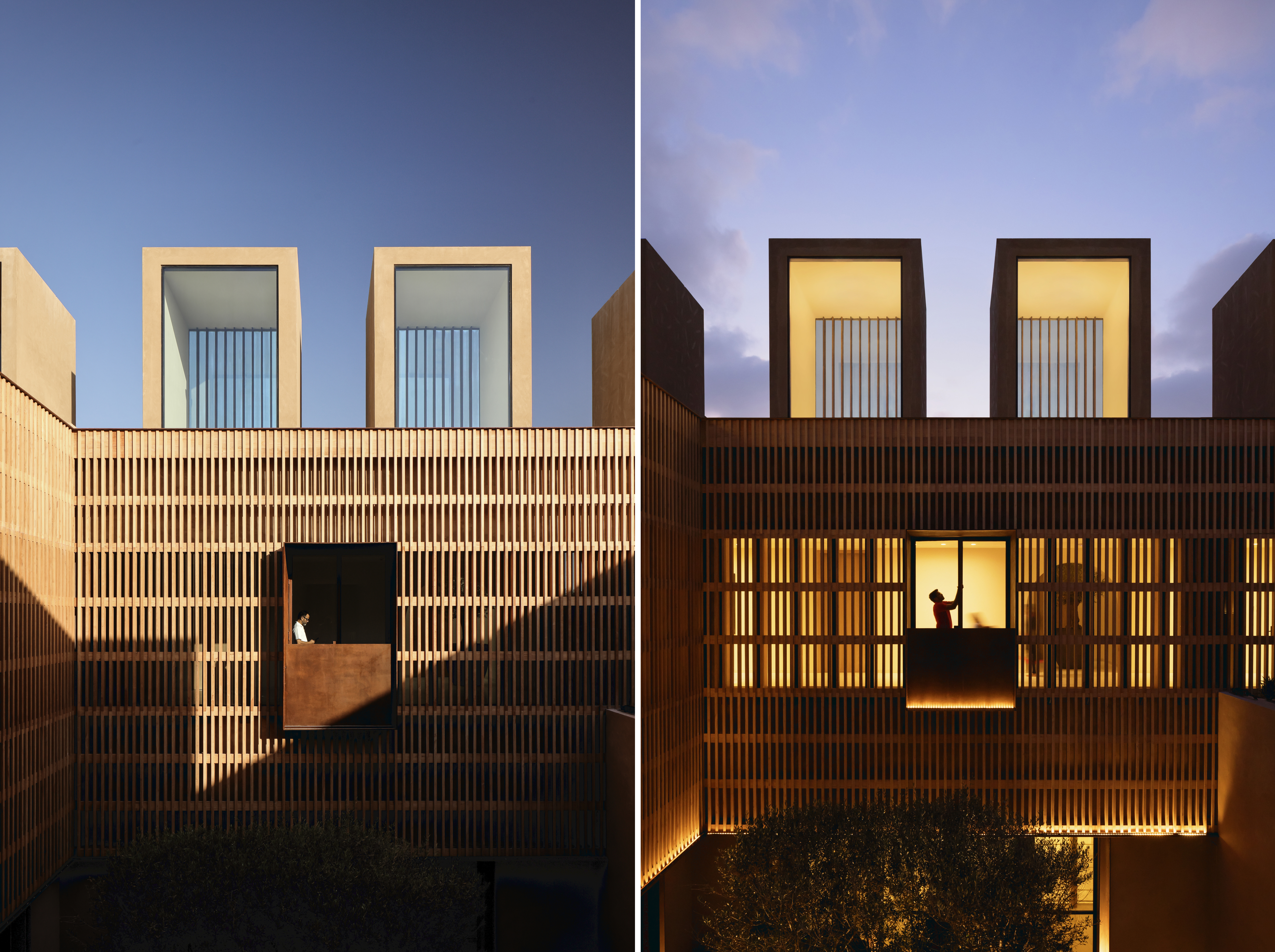
The House of Courtyards designed by Studio VDGA, Dubai, United Arab Emirates | Photo by Ema Peter Photography | Popular Choice Winner, 12th Annual A+Awards, Architecture +Photography and Video
How would you describe the role, or the job, of the architectural photographer?
The main job of the architectural photographer is to make the project shine and to make the world see it. There is usually one opportunity to photograph a project and to create impactful images. Fully understanding the story, design intent, connecting with the architect on deeper level and making sure you convey the essence of a project is truly important. Understanding the marketing needs, the publications they are aiming to send the project to also makes significant difference in the way we photograph.
Recently, I keep telling the architects that they spent 3-5 years building a project and we spent only 1-2 days recording it. I feel the role of the photographer nowadays is to also try to record in a more unique way so we can create those more exceptional glory shots that can truly take a project to a different level. Strong images can make the project be published worldwide. So nowadays we carry many hats to make sure the images of the project reach larger audience.
To you, how does architectural photography contribute to the architectural profession? What can we learn from looking at architectural photographs? Or, how does immersing ourselves in photography — on our phones and computer screens and with reference to a beautiful image-forward compendium like The World’s Best Architecture — help move the entire field forward?
Often times, architectural photography is all you see of specific projects so the importance of capturing is big. There are so many images coming at us everyday, we have very little time to grab the attention of the viewer. A truly impactful architectural photograph has to tell a story, create a feeling, and make you want to be there in order to fully experience the design. We are literally fighting for a fragment of the time with the viewer. If we succeed with the glory shots, the viewer wants to see more. It is so easy to keep scrolling but what would you stop on. This is why books are still so appreciated as they curate the best content and you can enjoy every page.

The House of Courtyards designed by Studio VDGA, Dubai, United Arab Emirates | Photo by Ema Peter Photography | Popular Choice Winner, 12th Annual A+Awards, Architecture +Photography and Video
Finally, what does being featured on the cover of this book mean to you?
I never realize where I am in my career or what I have achieved because I am so focused on what I love the most, which is taking photographs. The moment I learned that a shot of mine will be on the cover of a book that holds the projects of some of the most talented architectural firms in the world, I truly felt not only very honored and proud but felt like I am truly part of an incredible global community. We are in different countries and live different lives but the Architizer A+Awards brings us together and celebrates the best projects worldwide.
The latest edition of “Architizer: The World’s Best Architecture” — a stunning, hardbound book celebrating the most inspiring contemporary architecture from around the globe — is now available. Order your copy today.





